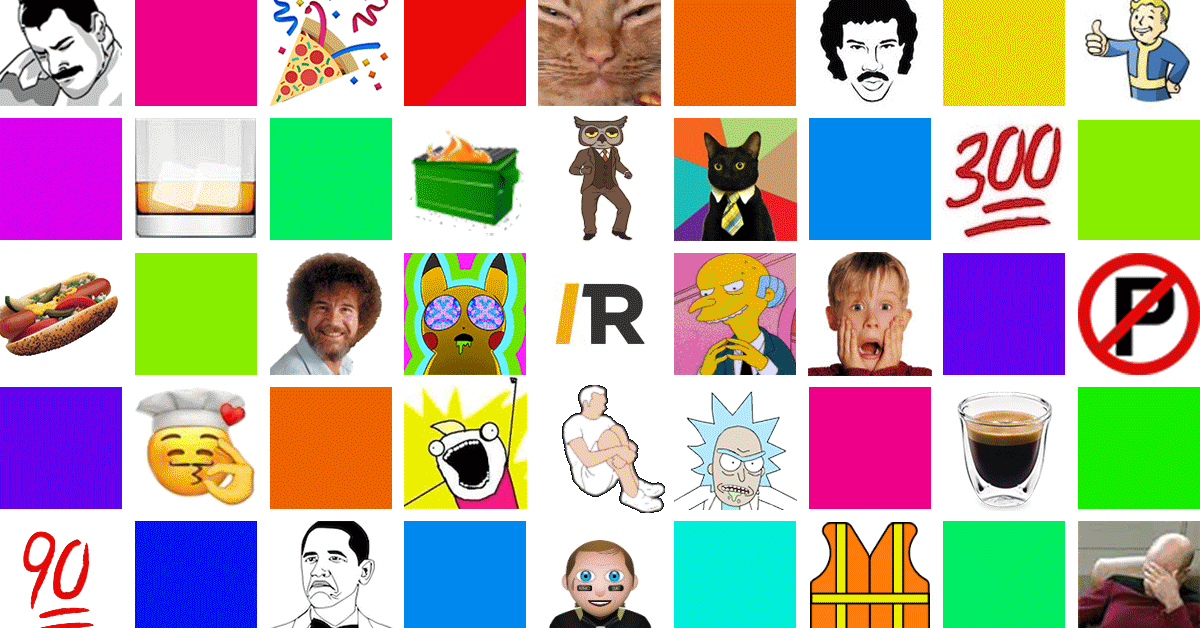


Upon clicking the box labelled “Bots,” I scrolled down and clicked “Add Legacy Bot User” and filled out the form to name my bot. The first box I worked on was the “Bots” property.

The first dropdown menu, labelled “Add features and functionality,” includes six properties I could edit, but I only needed to make changes to two of those properties listed. In the “Building Apps for Slack” box, there are two dropdown menus I had to go into to complete before moving on to writing actual code for my Slack bot. After doing this I was routed to the basic information page for my newly created Slack bot. I filled out the form with my desired app name and the Slack workspace I wanted to create my app into. I specifically chose to create a legacy Slack bot app in order to avoid the scope limitations in my bot, which is basically restrictions on what my bot can and can’t do. The first step I took in creating my Slack bot was to first create a Slack bot app through the Slack API website. Image from Slack API website (Basic Information page) Creating a Slack bot - Text to Gif: Create a Slack bot app I always wondered how a bot is able to perform this action since I would usually have to look up gifs manually on the internet, copying and pasting them into the text bar for Slack. I took this chance to recreate a Slack bot that would generate a gif based on the text the user inputs. Throughout my term creating different kinds of projects using Go, I had the opportunity to build a project that automated something I normally had to do manually. I recently have been picking up on how to write code using Go, which is a coding language that seems to share a number of similarities to C++, another coding language I learned a couple years ago in community college, before coming to Make School where I began learning python.

It is interesting to learn new computer languages, since you can find similarities with the languages you have already learned before. Whether it may be how variables are used, are they object-oriented, are they capable of using concurrency within projects, there are all sorts of ways to compare computer languages to each other. As one goes about learning computer science, he or she will inevitably come across numbers of languages that may often have similarities and differences.


 0 kommentar(er)
0 kommentar(er)
